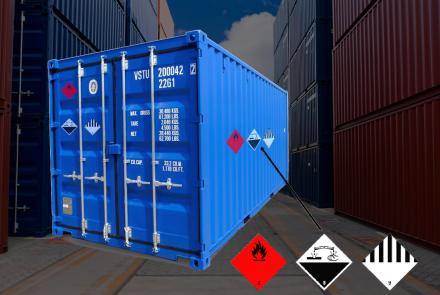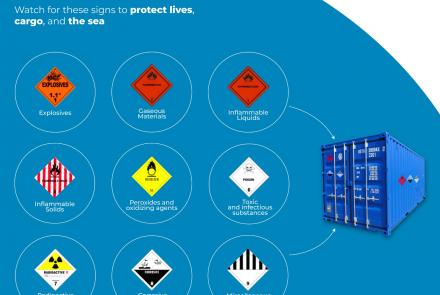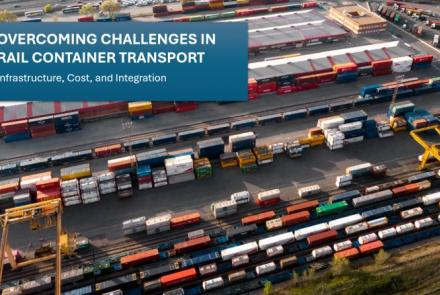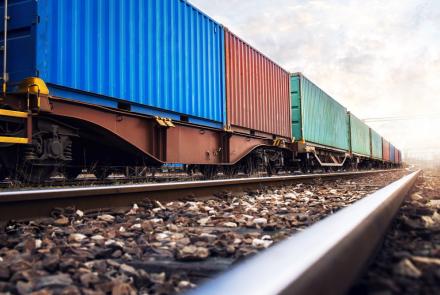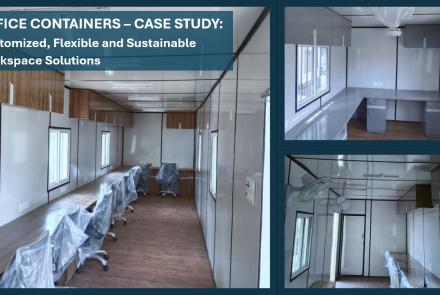“Flat Rack Containers” - What are their applications?
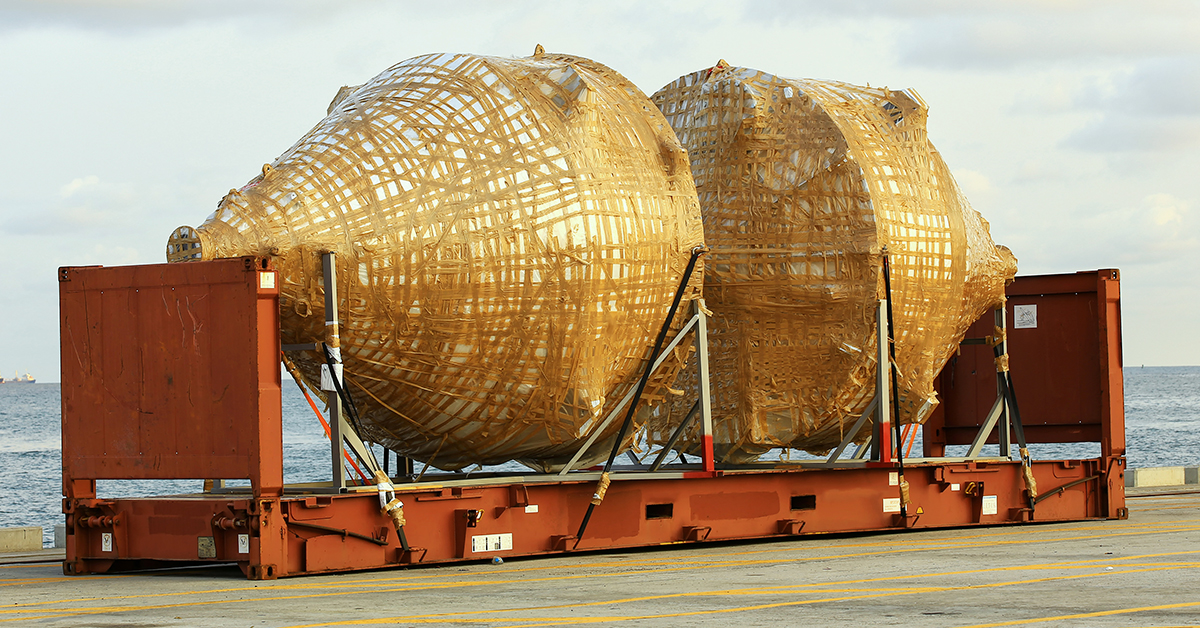
We are all rather familiar with the appearance, dimensions and uses of the standard dry shipping containers and reefers. As we know, standard containers are closed on all sides and equipped with a door on the front side.
But wouldn’t you be interested to know that there’s yet another type of container called “Flat Rack Containers”?
Consider you’re planning to transport bulky and oversized cargo like construction equipment, machinery, industrial equipment, timber, pipes, boats and vehicles. What would be the ideal solution?
Yes, you might have guessed correctly by now that the answer lies in utilizing specialized containers called Flat Rack Containers, which by definition is a container used to transport cargo with unique dimensions. They are principally designed to transport machinery and other oversized cargo that cannot be accommodated inside standard containers. Industrial goods, military equipment and other goods that are irregularly shaped with protruding extensions and standing taller and wider than what a 20 or 40-foot container can house are some examples of merchandise that are best suited for transportation using Flat Rack Containers.
Flat Rack Containers come in two types. The first category is the Fixed-end Flat Rack Container or Non-collapsible Flat Rack Container with walls on the two extreme ends of the structure, leaving the roof and the other two larger sides open without walls. The two fixed walls at the extreme ends are firm and cannot be detached.
The other type is called the Collapsible Flat Rack Container. As the name implies, the walls at its two short ends can be collapsed or folded making the storage and transportation of such containers a lot easier, and it saves a lot of space in the bargain. A notable plus point with such containers is that four such collapsible flat racks, when folded, occupy the same space that a single standard dry container does, so shipping empty collapsible flat racks for sale or repositioning becomes easy and efficient.
One of the unique features of Flat Rack Containers is their extraordinary loading capabilities. They allow loading of cargo from the sides and top, like oversized machinery that cannot be dismantled, large pipes, and so forth. The cargo grips itself securely with lashing rings attached to the side rails, the corner posts, and the floor. They are also apt for intermodal transportation and can be loaded onto trucks and trains.
Additional precautions must be taken to protect the cargo from damage due to extreme weather like rain and strong winds because flat rack containers have no roofs or side walls to protect such exposed cargo. The shipper must intimate the freight forwarder about the special handling requirements to safeguard the cargo during the loading and unloading process.
The floor of Flat Rack Containers comes with a solid base and steel frame to impart additional strength and durability. The end walls are strong enough to allow the stacking of other Flat Rack Containers on top of the other.
Flat Rack Containers are manufactured in two sizes - 20 Foot and 40 Foot, although the height of both these types of containers remains uniform. Depending upon the size of the cargo to be shipped, one can choose the right type.
The growing international trade among nations and industrialization will fuel the progress of the Flat Rack Container market in the coming decades. Machinery manufacturers and automobile industries depend greatly on such containers for their global trade requirements.
The outlook in the flat rack containers market points to a steady growth in the coming decades. The APEJ region (Asia Pacific excluding Japan) will drive the market, thanks to the expanding industrial and manufacturing bases in China and the demand for such large equipment in distant markets of the world.
- Log in to post comments


